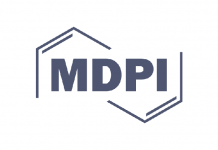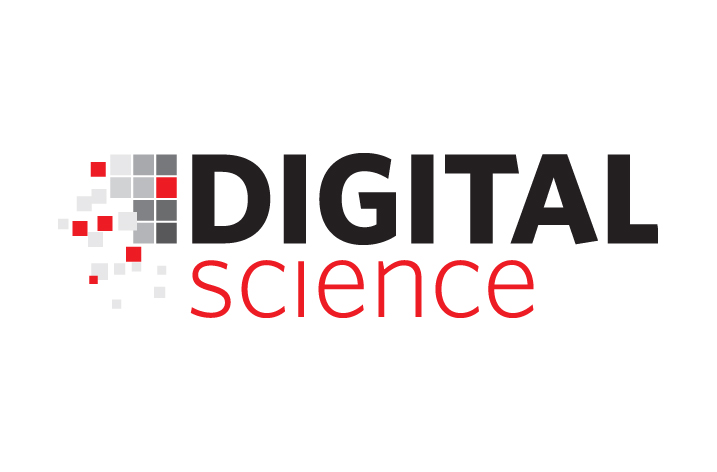
Clarivate Analytics, the global leader in providing trusted insights and analytics to enable the research ecosystem to accelerate discovery, and the Chinese Academy of Sciences today released “Research Fronts 2017”, their joint annual report identifying 143 prominent areas of scientific research over the past years. This is the fourth collaborative report from the two organizations and was launched at today’s joint forum held at the Chinese Academy of Sciences in Beijing.
The report identifies 143 key research fronts including 100 hot and 43 emerging specialty areas spanning 10 broad areas of sciences and social sciences, based on a comprehensive analysis of scientific literature citations. The analysis was based on 9,690 Research Fronts generated from the Essential Science Indicators (ESI) database during the period from 2011 until 2016. Research Fronts are specialties discovered when clusters of highly cited papers are frequently cited together, reflecting a specific commonality in the research, which can be experimental data, a concept or hypothesis or even a method.
Working in collaboration with the Chinese Academy of Sciences, Clarivate bibliometric experts utilized the ESI database, a web-based research analytics platform and a unique compilation of science performance metrics and trend data based on scholarly publication and citation data from Clarivate Analytics Web of Science. Once identified, the Research Fronts built on recently published “core” or foundational journal articles. The Institutes of Science and Development of the Chinese Academy of Sciences selected 27 key Research Fronts and interpreted these specialty areas for the joint report. It is worth mentioning that two of the key Research Fronts identified are related to the award-winning research by this year’s Nobel Laureates in chemistry and physics (see ‘Hot Research Fronts’ and ‘Emerging Research Fronts’ as tabled below).
“We are honored and pleased to continue our strategic collaboration with the Chinese Academy of Sciences to produce our fourth annual joint Research Fronts Report,” said Linda Guo, managing director of China, Clarivate Analytics. “The report represents the collective strength of trusted data and analysis capabilities from Clarivate Analytics and the Chinese Academy of Sciences’ deep domain expertise in scientific research. The in-depth analysis of the report provides a solid foundation to help researchers, funding agencies, administrators, policy makers and other key stakeholders make better decisions by identifying key research trends and new areas of study. The analysis of Research Fronts at a national level provides invaluable insights about a country’s current and potential leading performance.”
The president of the Chinese Academy of Sciences, Professor Bai Chunli said, “The Research Fronts 2017 report marks our fourth year of collaboration with Clarivate Analytics, and remains a meaningful part of our continuous efforts to engage the international scientific community by sharing in-depth analysis and interpretation of the dynamic research and technology landscape. The report showcases China’s domain expertise in evaluating research fields and reaffirms the role of the Chinese Academy of Sciences as China’s foremost think tank on global science and technology issues and trends. We hope that the Chinese Academy of Sciences and Clarivate Analytics will continue to deepen our collaboration especially on the analysis of hot research areas, and together transform our annual Research Fronts Report into a world-class resource for think tanks to help them advance global science & technology.”
In conjunction with the Research Fronts 2017 report, the Chinese Academy of Sciences and Clarivate Analytics also published a new analytical report which examines and compares national performance across the 143 Research Fronts, thereby reflecting a country’s contribution and citation impact (global influence) in a particular Research Front. This report reveals that based on the 143 Research Fronts, the USA is still leading global research followed by China in second place ahead of the UK and Germany. China is most prolific in chemistry, materials science, mathematics, computer science and engineering, and is leading the rest of the world in terms of research in mathematics, computer science and engineering.
Twenty noteworthy topics among the 100 hottest Research Fronts are:
| Hot Research Fronts | Field of Science |
| Research on genome editing in plants and the utility in crops | Agricultural, Plant and Animal Sciences |
| Regulation mechanism and function of DNA Methylation in plants | Agricultural, Plant and Animal Sciences |
| The formation mechanism of east-central China’s heavy haze pollution in January 2013 | Ecology and Environmental Sciences |
| Monitoring of biodiversity using environmental DNA metabarcoding | Ecology and Environmental Sciences |
| Precambrian geological evolution of the North China Craton | Geosciences |
| Types and characterization of gas shale pore systems | Geosciences |
| Radionuclides-labeled PSMA PET for diagnosis and treatment of prostate cancer | Clinical Medicine |
| Clinical whole-exome sequencing for the diagnosis of genetic diseases | Clinical Medicine |
| Application of cryo-electron microscopy in 3D Structure Analysis of Biological Macromolecules (related to research by 2017 Nobel Prize Laureate in Chemistry) | Biological Sciences |
| Application of chromatin conformation capture and its derivative technology based on high-throughput | Biological Sciences |
| Cp*Co(III)-catalyzed C-H activation reactions | Chemistry and Materials Science |
| Nanoarchitectonics | Chemistry and Materials Science |
| Lepton-flavour-violating decays of the Higgs boson and B meson semileptonic decays |
Physics |
| Tetraquark and pentaquark states | Physics |
| Exoplanets detection and characterization with Kepler | Astronomy and Astrophysics |
| SDO mission and performance and other heliophysics research | Astronomy and Astrophysics |
| Second strain gradient theory and its application | Mathematics, Computer Science and Engineering |
| Energy storage device based on advanced hybrid supercapacitor | Mathematics, Computer Science and Engineering |
| Genomics research on the origins, evolution and migration of human beings | Economics, Psychology and other social sciences |
| Social investigation of human papillomavirus (HPV) vaccination | Economics, Psychology and other social sciences |
Seven noteworthy topics among the 43 emerging Research Fronts are:
| Emerging Research Fronts | Field of Science |
| Analysis of tree rings and its application in environment and climate change study | Agricultural, Plant and Animal Sciences |
| Highly siderophile and strong chalcophile elements in high temperature geochemistry | Geosciences |
| Zika virus infections and prevention | Clinical Medicine |
| Introgression of mosquito and its reticular phylogenetic patterns | Biological Sciences |
| Non-noble metal-based bifunctional electrocatalysts for overall water splitting | Chemistry and Materials Science |
| Standard Model Interpretation of 750 GeV Diphoton | Physics |
| Formation and merger of double compact objects (e.g. binary black hole); related to research by 2017 Nobel Prize Laureate in Physics) | Astronomy and Astrophysics |
Read the full ‘Research Fronts 2017 report in Mandarin here. The English version of the report is expected to be available on November 9, 2017.

























